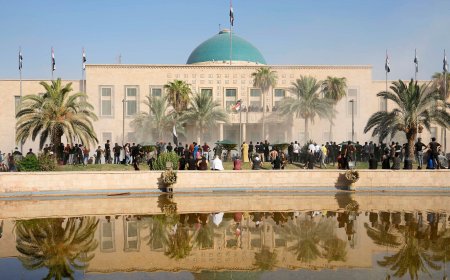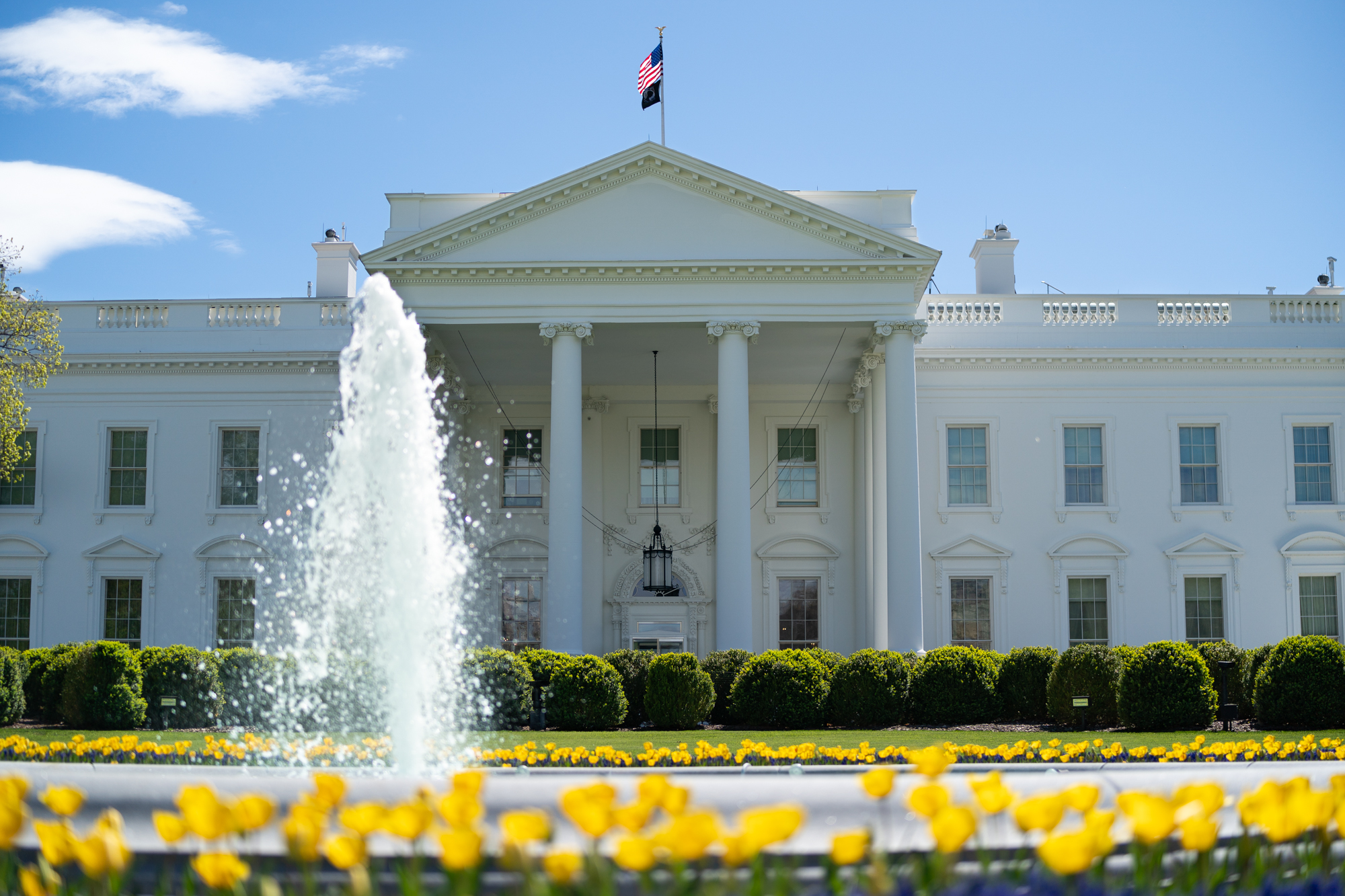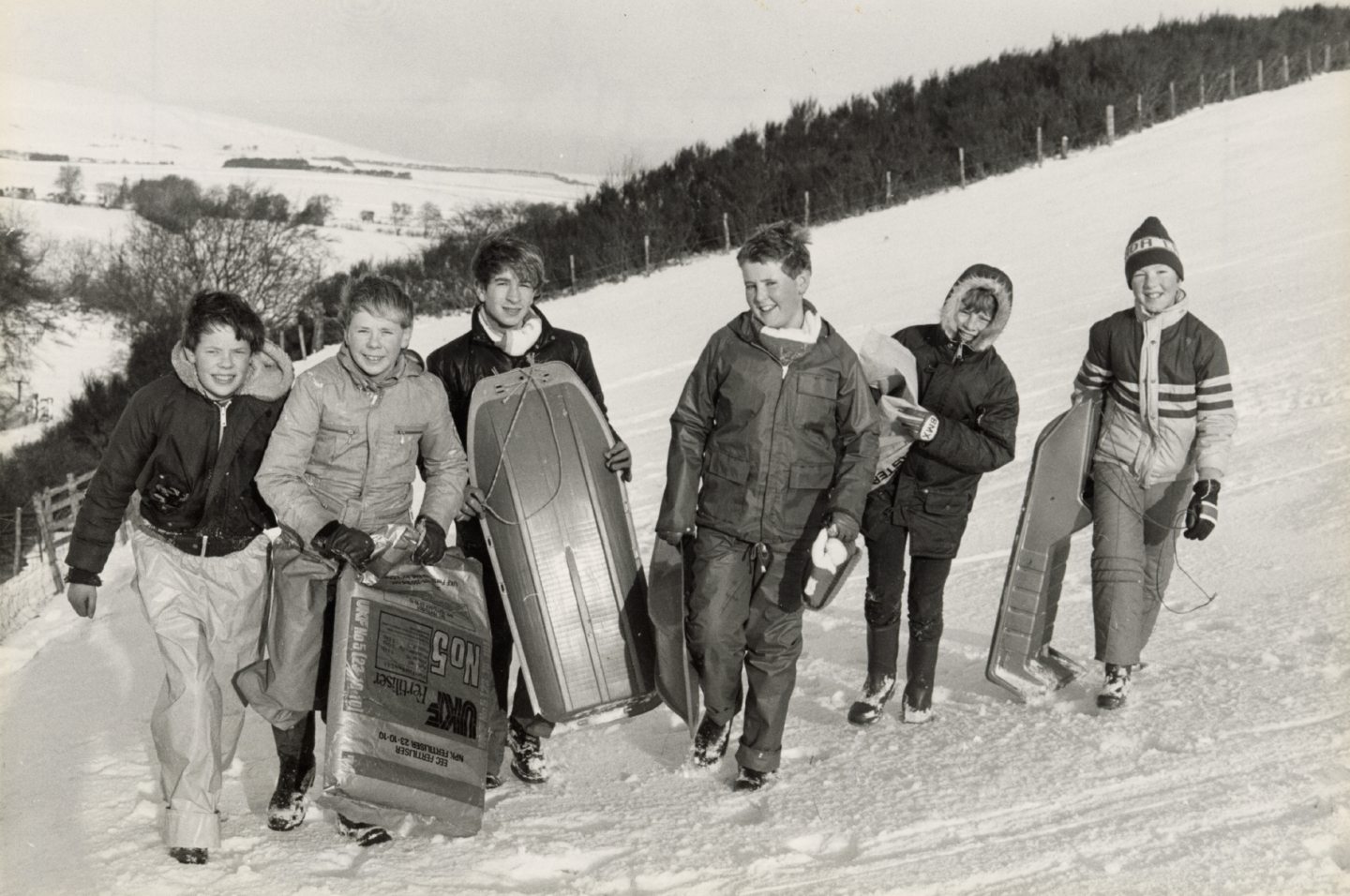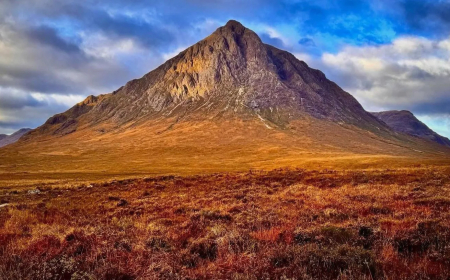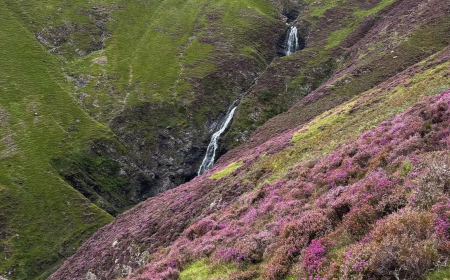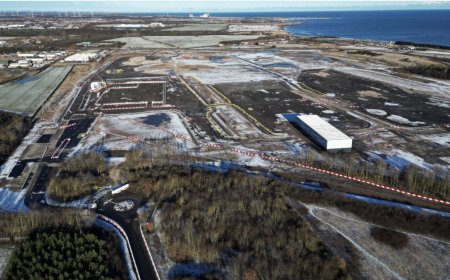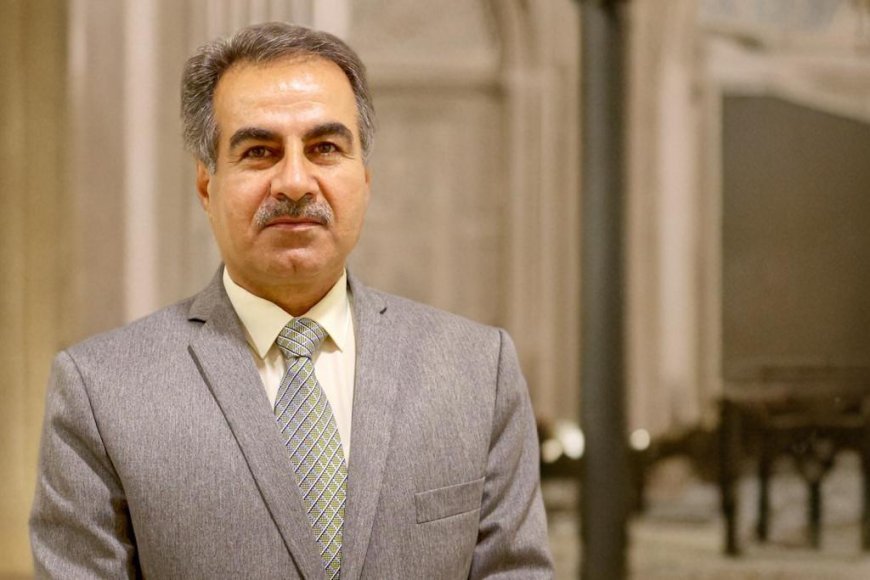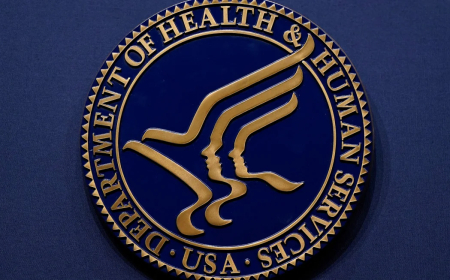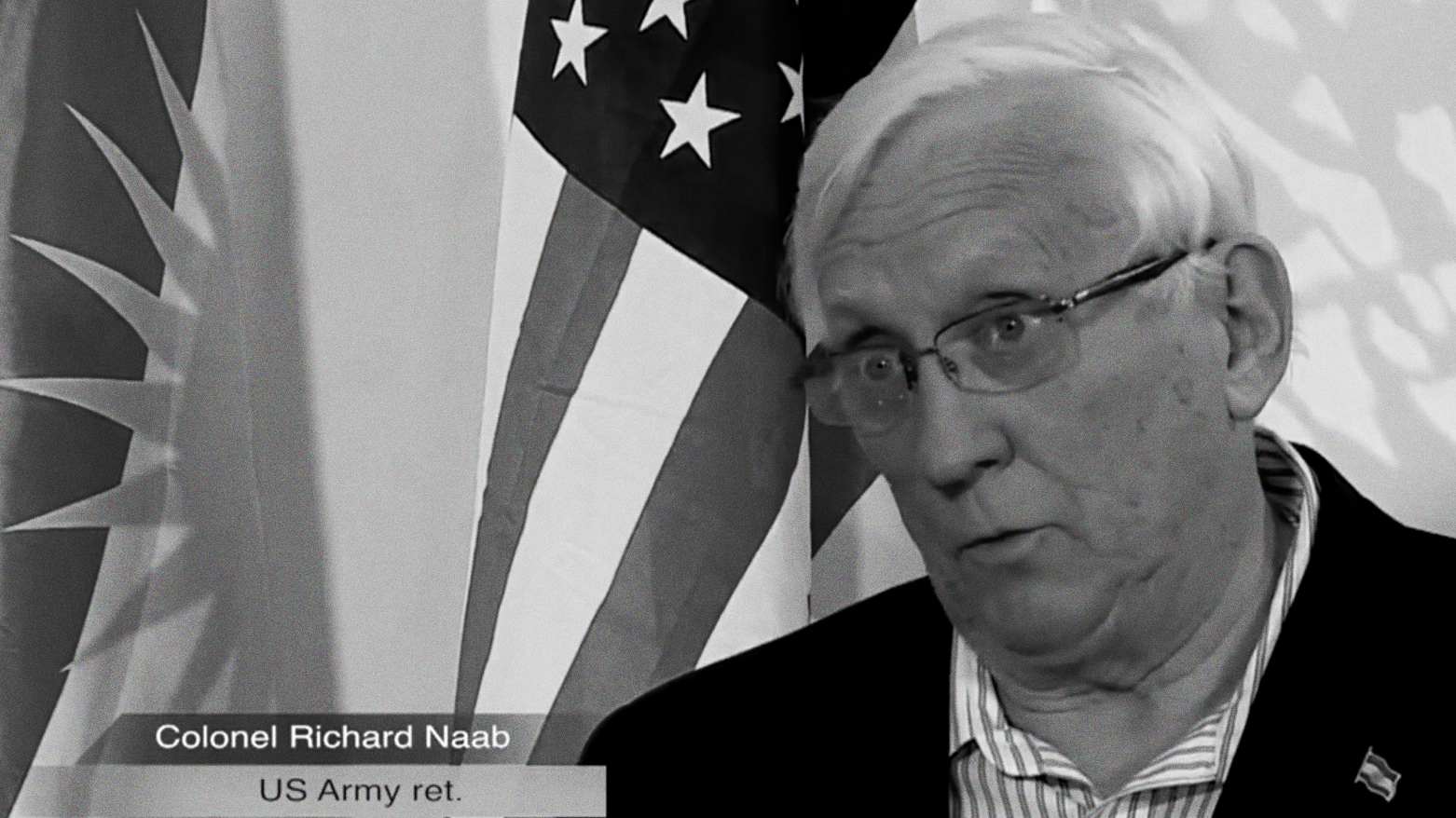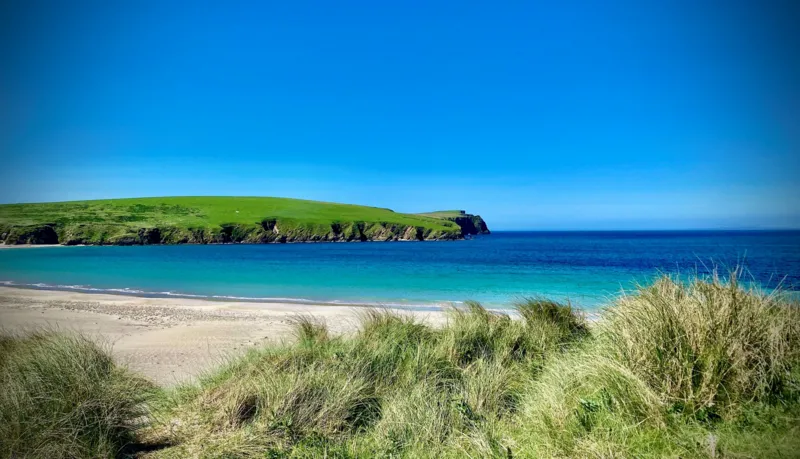Tremors: Surviving Cebu’s 6.9 Earthquake
Justin Robertson / Exclusive to EDGE news

Five days after the 6.9-magnitude earthquake devastated Cebu, it’s still hard to fully process what happened. Across the island, aftershocks continue to reverberate, expected to last for weeks. In Cebu City, conversations about the ‘big one’ persist, while in Bogo, 100km to the north, people remain sleeping outdoors, uncertain when the next tremor might strike or when they can begin the long process of rebuilding. It’s a stark reminder of how quickly life can change.
It was just another Tuesday night. I had wrapped up my classes with my Chinese students and was making dinner in my condo in Cebu City when the ground suddenly jolted beneath me – two sharp, powerful tremors. At first, I froze. The earthquakes I had experienced before were brief and sometimes barely perceptible. But this one was different.
My heart sank as the tremors grew stronger, wave after wave shaking the building. The jolts sent home décor crashing to the floor, and for a brief moment, I honestly thought the building might collapse.
I stumbled toward the front door, struggling to keep my balance. Just as I opened it, my neighbor – a young Filipina woman, I think also a teacher – rushed into the hallway, screaming. Our eyes locked, and instinctively, I gestured to her to come over. She bolted across the lobby and jumped into my arms, trembling. We’d barely exchanged a word before – just a few polite ‘hellos’ in the elevator.
I held her in the door frame, hoping it would offer some protection. They always say take shelter under a table, the so-called ‘triangle of life’ – a survival technique taught in disaster preparedness classes. But we didn’t have that luxury. We were on the 9th floor, and if the building was going to pancake, there was no escaping it. I could feel and hear the building sway and bend, as I tried to keep my footing. The shaking lasted about a minute, but it felt like an eternity.
When it finally stopped, we made our way down the stairwell, joined by other panicked residents. My neighbor, still crying, clutched her phone, speaking frantically to her sister as I urged her to keep moving. Outside, people had gathered in the open air, some still in shock, others simply trying to process what had happened. My legs felt like jelly. And then the calls started. Messages to family and friends back home – letting them know I was safe, letting them know we had made it out.
Cebu has been my home for 12 years now – an island that is beautiful, exciting, and enigmatic. The site of Magellan’s first arrival in the Philippines and his death at the historic Battle of Mactan. Cebu is known for its tropical beaches, exotic food, and resilient people. That resilience is frequently tested. As my friend Paulo once joked, “I think God didn’t want a country built here,” referring to the Philippines unrelenting cycle of natural disasters – typhoons, volcanic eruptions, and earthquakes. Living in the Pacific Ring of Fire means you’re never far from the next disaster.
I’ve witnessed firsthand my share of tumultuous events – Duterte’s drug war, the COVID-19 pandemic, and two major typhoons. Yet, nothing quite prepared me for this. The earthquake that struck Cebu was the strongest in over a decade.
Natural disasters have an eerie randomness, a twist of fate. It’s as simple as standing next to the wrong wall or beneath a weakened beam – or, like three young Coast Guard cadets in San Remigio, being in the wrong place at the wrong time. These young men, in their prime, were playing basketball when the steel and concrete roof caved in, taking their lives. There were many stories like theirs. In total, 68 people perished. Many buildings in Bogo and other northern towns were damaged or destroyed, and large parts of the island remain without power, internet or water.
But even amid this tragedy, the resilience of the people here remains unwavering. They are defined by their faith and strength in the face of adversity. Rescue efforts continue, along with blood donations, food aid, and shelter drives. Over the weekend, we plan to help at one of the relief centers, packing rice and canned goods to send via multicab on the three-hour drive north.
As I reflect on it, we got lucky. It was a close call. The inspection team of engineers and property management staff confirmed the following day that the building suffered only minor damage. In moments like these, we are reminded of the importance of community, faith, and life itself. Because, as we all know too well, tomorrow is never guaranteed.







/file/attachments/2984/thamm-wardogs_634348_553ca63ee77f726aad84ee0773cdf004.jpg)

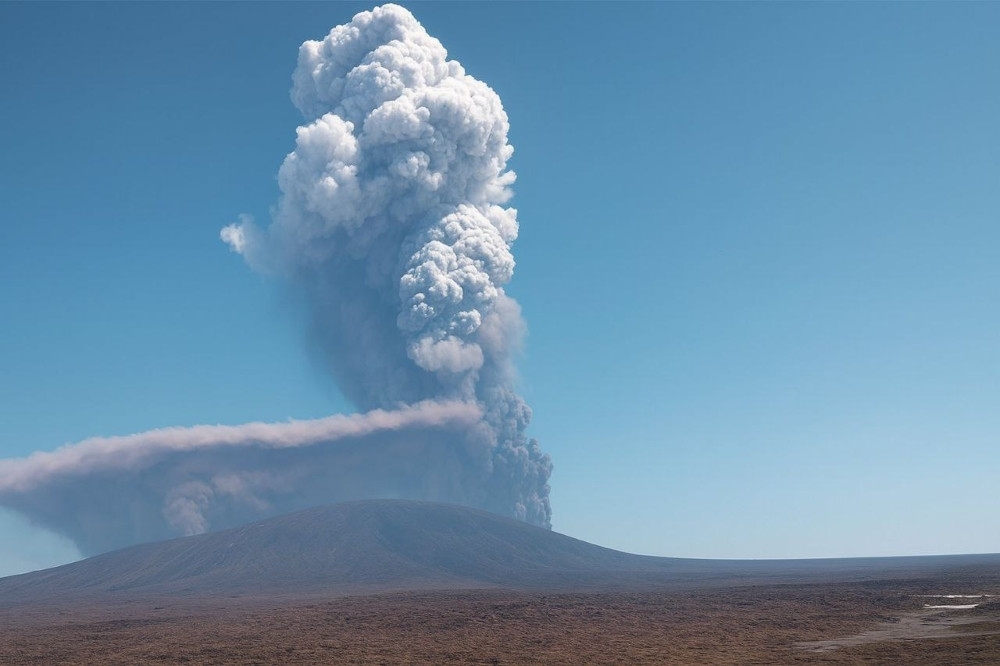

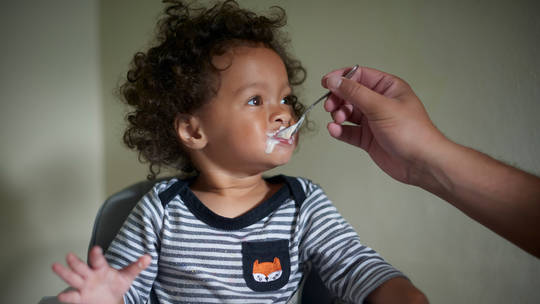
/file/attachments/2984/10accused_746259.jpg)



